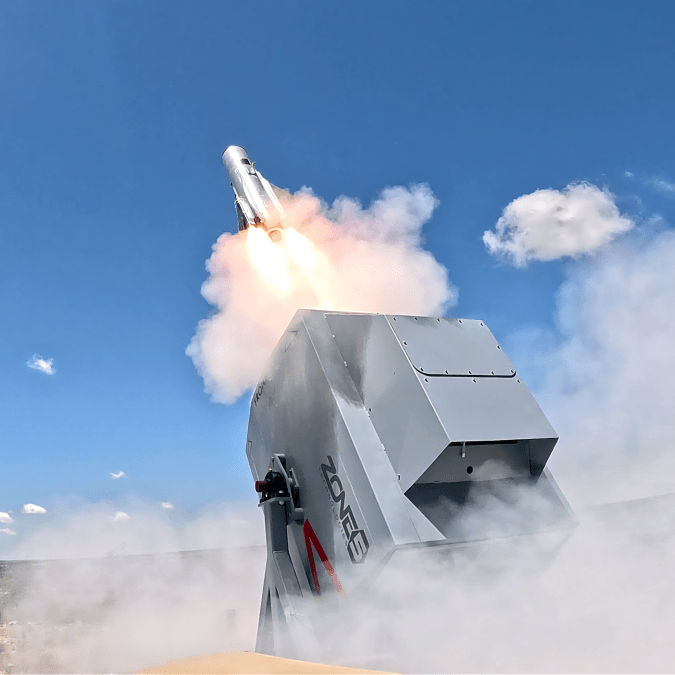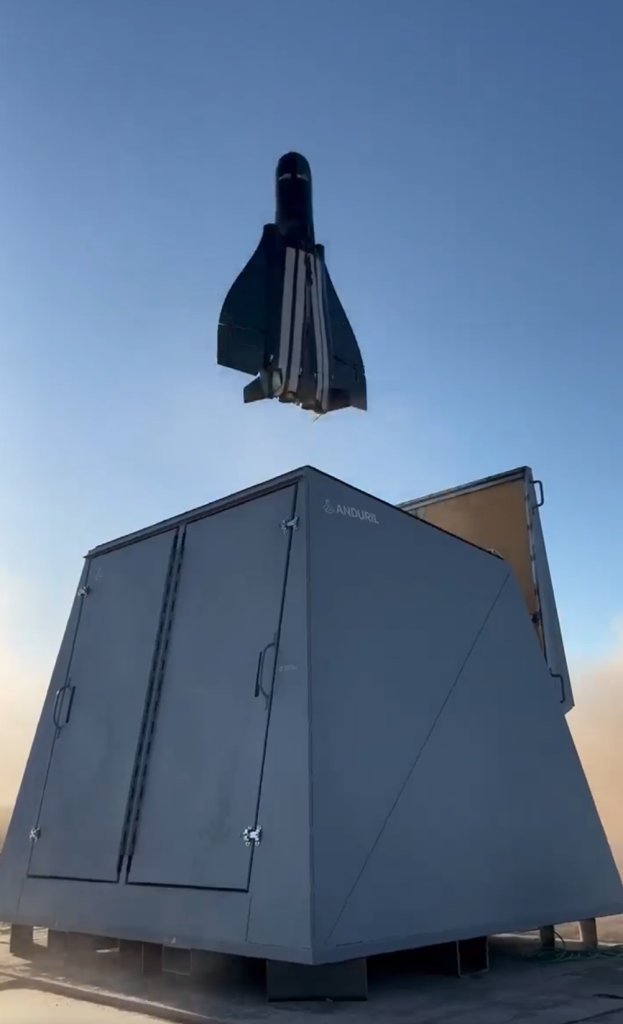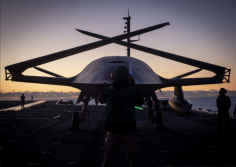Pentagon awards more funding to refine drone interceptor technology for Navy

Anduril and Zone 5 Technologies recently conducted successful test flights of drone interceptor prototypes and have received additional funding to refine the technology, the Defense Department announced Monday.
The two companies were separately tapped for the Defense Innovation Unit’s Counter NEXT program last year, a few months after DIU released a solicitation for the initiative. According to the solicitation, the effort is aimed at developing less expensive drone-killing capabilities for the Navy.
“Less than a year later, both vendors completed initial design and developmental sprints and successful baseline flight testing of their proposed solutions. Based on the data gathered, warfighter feedback and knowledge gained during the first sprint, iterative improvements are being made to both systems to ensure the solutions address the capability gap before additional flight testing and safety/qualification testing occur in the months ahead,” DIU officials wrote in a press release issued Monday.
“Following Anduril and Zone 5’s recent successful flight demonstrations, both vendors received additional funding to further refine their rapid prototypes, integrate their systems with the mission partner’s combat systems, and conduct the safety testing required prior to a live fire test event in the summer of 2026,” they added.
On Monday, Anduril posted a short video on social media of its Roadrunner counter-unmanned aerial system being deployed from a prototype launch enclosure.

“Today, we’ve been awarded additional funding to move into the next phase of development and ultimately deliver these solutions to the warfighter,” the company wrote in a post on X.
Anduril executives have previously said that the jet-powered Roadrunner system can fly at high subsonic speeds and carry a variety of payloads.
The contractor declined to provide additional comment Monday about the Counter NEXT award beyond what it posted on social media.
According to a press release from Zone 5, its interceptor builds on the company’s low-cost cruise missile technology known as Rusty Dagger.
The release noted that the interceptor is designed for “high subsonic flyout,” and can carry blast fragmentation and armor-piercing warheads.
“We cannot be threatened by growing drone threats—we must be able to scale production as quickly as the enemy manufactures one-way attack platforms,” Chris Edgette, vice president of counter-UAS and program lead for the interceptor platform at Zone 5, said in a statement.
DIU and the two vendors did not disclose Monday how much funding has been provided for their Counter NEXT efforts.
The Navy’s need for less-expensive drone killers was highlighted when the sea service had to expend pricey weapons to shoot down low-cost UAS during its conflict with the Houthis in Yemen and the Red Sea in 2023 and 2024.
“Focus areas of the Counter NEXT project include providing a deeper interceptor magazine for our forces while preserving exquisite interceptors for exquisite threats, simplifying and accelerating the reloading process, addressing the cost asymmetry of the current threats and interceptors in use, and integrating with the existing combat systems,” per the DIU press release.
The new interceptors are designed to shoot down drones in the Group 3 class — such as the one-way attack drones that are proliferating on the world’s battlefields — or higher group levels.
The Navy is looking for a probability of kill greater than 90 percent to protect its ships from drone attacks within a radius of about 15 kilometers, and greater than 70 percent for area defense to protect shipping lanes and commercial vessels within a similar radius, officials have said.
According to the solicitation issued last year, the department wants systems with upgradable software that can accelerate “the kill chain by enabling a faster decision loop from initial detection until the launch of the effector,” and support multiple control modes, including so-called “human-in-the-loop” and “human-on-the-loop.”






